
Adopting a cat
Prepare the first moments at home with your kitten with our tips and advices to help integrate into your family. Food, behavior and growth, learn more about caring for your new pet.
More
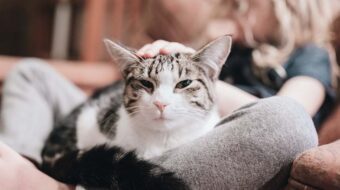
Alternatives to cat declawing
Learn more about our commitment not declawed cats.
More

An Insurance for my Cat?
Pet insurance is for those who want to provide their pet with the best possible medical care with the least worry about the associated costs. The way it works is very simple. After your visit to a clinic or veterinary hospital, you simply submit your...
More
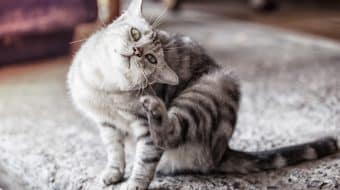
Atopy in Cats
General facts Atopy is caused by an abnormal skin barrier, cat genetics and environmental factors. It is defined by allergy symptoms resulting from repeated exposure to environmental substances such as pollen, mould, dust, etc. Given the hereditary nature of this disease, certain breeds are more...
More
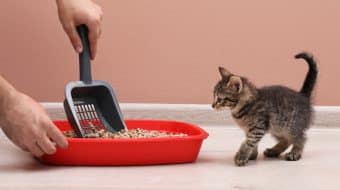
Behaviour Changes for Cats Who Urinate Inappropriately
Try to determine if the cat has recently experienced stress. Stressors may include changes in temperature, changes in the cat’s environment (moving, arrival of a new pet or family member), the cat’s diet or feeding schedule, the type of litter box used, etc. Provide a...
More
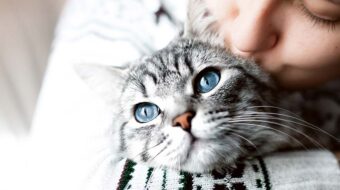
Cancer
Cancer does not manifest in the same way in all cats who develop it. Read more about the common symptoms in feline cancer.
More
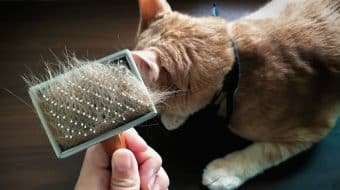
Cat Hair Loss and Dandruff
One of the most common questions asked by clients in veterinary clinics is about excessive hair loss and dandruff in the cat's coat. The skin is the external physical barrier that protects the body from pollutants, chemicals, and microbial agents.
More
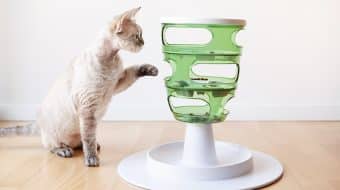
Choosing the Proper Food for your Cat
The way we feed our cats is of great importance, because it directly influences their health and longevity. But how can you make the right choice and find what is best suited for your cat, both in terms of taste and health? And once your...
More

